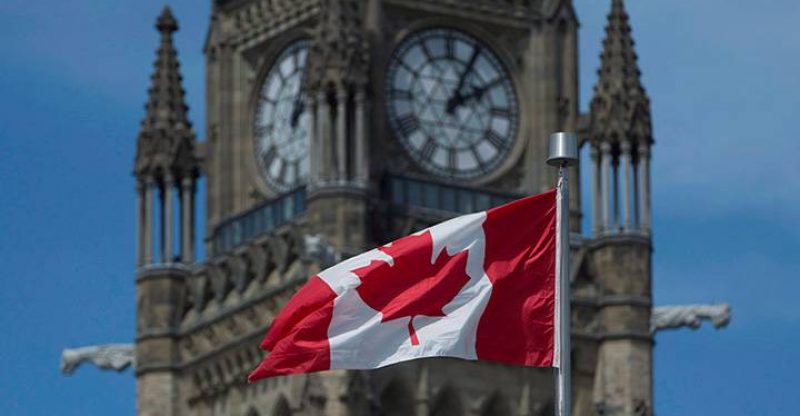First Quarter Of Fiscal Year Has Ottawa Skating On $1-Billion Deficit
A $995-million deficit was run by the federal government over the first quarter of the fiscal year, which according to Ottawa, is quite in line predictions in the March budget.
The fiscal year which began April 1st ended the $1-billion deficit that lasted three months, contrasting with a $5-billion surplus over the same three-month period last year.
Fiscal Monitor, a monthly report released by Finance Canada, highlighted the point that Ottawa ran a $1.1-billion deficit in June of 2016. The federal government also ran a $1.1-billion surplus in June of the previous year.
“The financial results for the first three months of the fiscal year provide limited information with respect to the outlook for the year as a whole,” the department stated in its report. “This is because the timing of revenues and expenses can vary from year to year and because the results do not yet reflect several significant government initiatives, such as the introduction of the Canada Child Benefit.”
Later on, the department mentioned that the first-quarter figures “are broadly consistent with the fiscal projection for 2016-17 presented in the budget.”
Finance Minister, Bill Morneau’s March 22nd budget predicted a deficit of $29.4-billion in the present fiscal year, followed by a $29-billion deficit the following year and a $22.8-billion deficit in 2018-19.
The budget aided in presenting a timeline for reverting to annual surpluses.
In 2015, the Liberals advocated for a plan to purposefully run deficits so as to pay for infrastructure investments, arguing that borrowing costs are rather low, so much so that Ottawa can afford a deficit without boosting the size of the federal debt-to-GDP ratio.
Regardless, the Liberal Party podium guaranteed that the size of annual deficits would be kept at “less than $10-billion in each of the next two fiscal years.”
In government, the Liberals contended that larger deficits were necessary due to the fact that economic conditions had worsened.
Facing criticism was Bill Morneau’s deficit projections because they included a $6-billion adjustment each year to cover for forecasting errors and unforeseen events.
In simple terms, if the economy performs according to the forecast and actual spending continues in line with the budget, the size of the final deficit numbers could be less than the forecast.





